The role of law in protecting the environment
Our research on 193 countries informs the UNEP 2022 Environmental Rule of Law Report

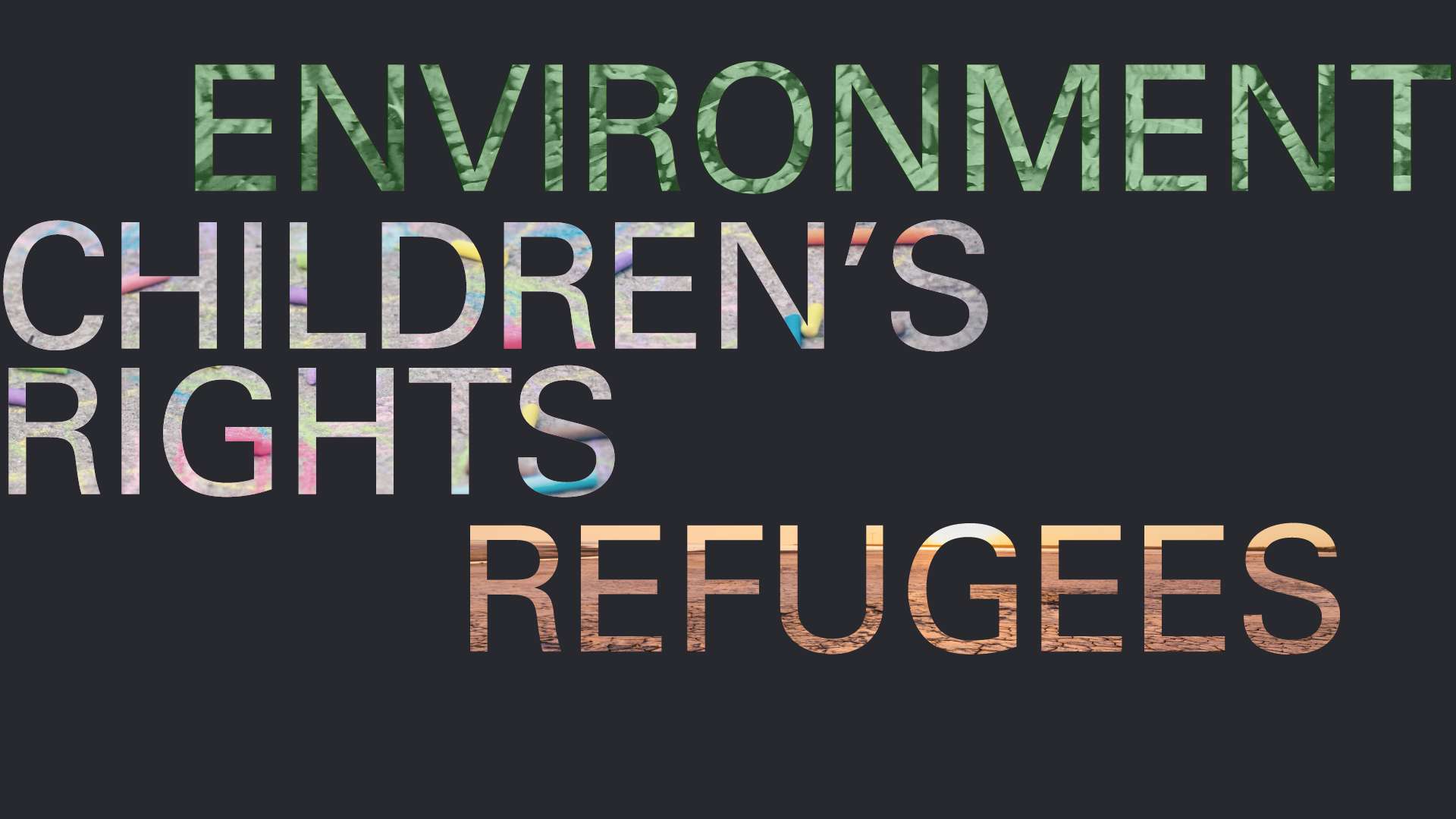
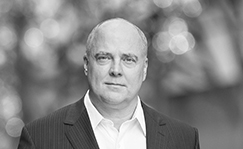
Hugh Verrier
Chair
Despite the challenges of the COVID-19 pandemic, in 2021 we worked with many of the world’s leading non-governmental organizations to help address a wide range of environmental and social challenges. Our capabilities and global network give us the opportunity and responsibility to do pro bono work that only a firm like ours can undertake.
Research by our lawyers on environmental law in each of the 193 UN Member States will inform the United Nations Environment Programme’s 2022 Environmental Rule of Law Report. We also assisted Conservation International on an innovative way to generate carbon credits through improved forest management across a large area of the Amazon forest.
Two major court victories in 2021 helped advance the rights of children. In a victory at the Inter-American Court of Human Rights, our lawyers helped win justice for the families of children killed in a fire at a juvenile detention center and improve conditions for all detainees. Our lawyers also helped win a US$4.2 billion pre-trial settlement with New York State to honor its commitment to phase in full funding for all school districts in the state.
This review reports on our pro bono work on these and other issues, such as balancing human rights while countering terrorism, protecting the rights of the media, protesters and police during protests, and helping refugees navigate complex legal processes.
Progress and setbacks exist in tandem in worldwide efforts to protect both people and planet. Through our Global Pro Bono Practice, we seek to do our part as lawyers to address the challenges of our time.
Our pro bono work continued to support important environmental advances
Our research on 193 countries informs the UNEP 2022 Environmental Rule of Law Report

Structuring sustainable forestry projects to reduce emissions and drive investment
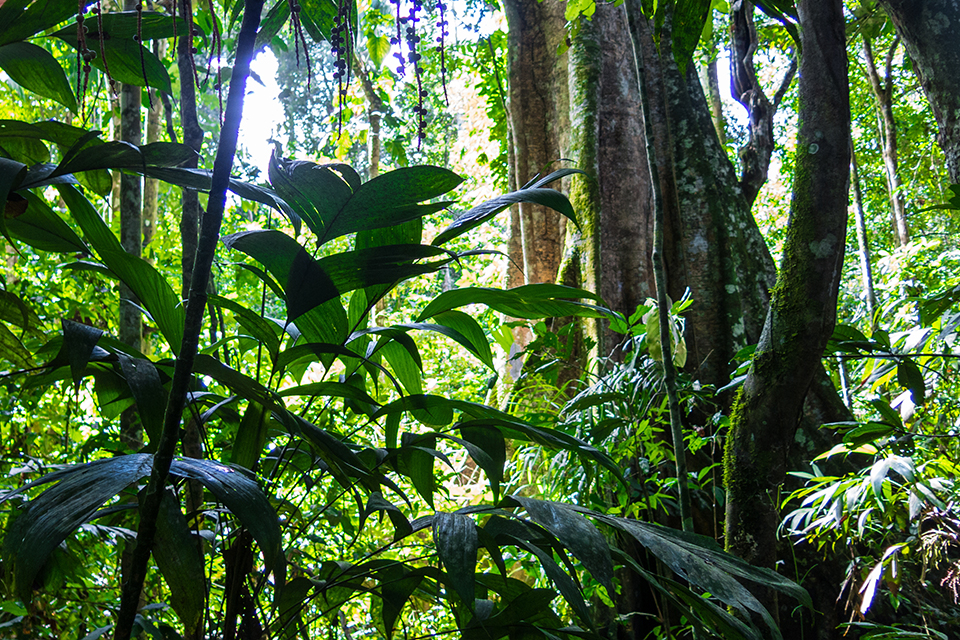
Highlights include a major education funding victory and advice on balancing human rights while countering terrorism
Informing a response to the EU by the UN Special Rapporteur on the Protection and Promotion of Human Rights while Countering Terrorism
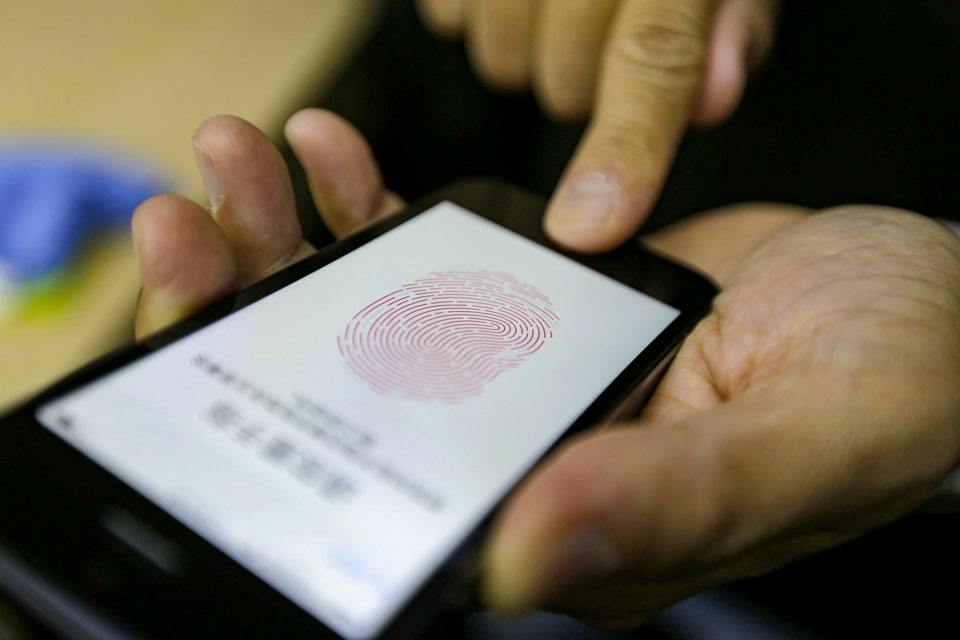
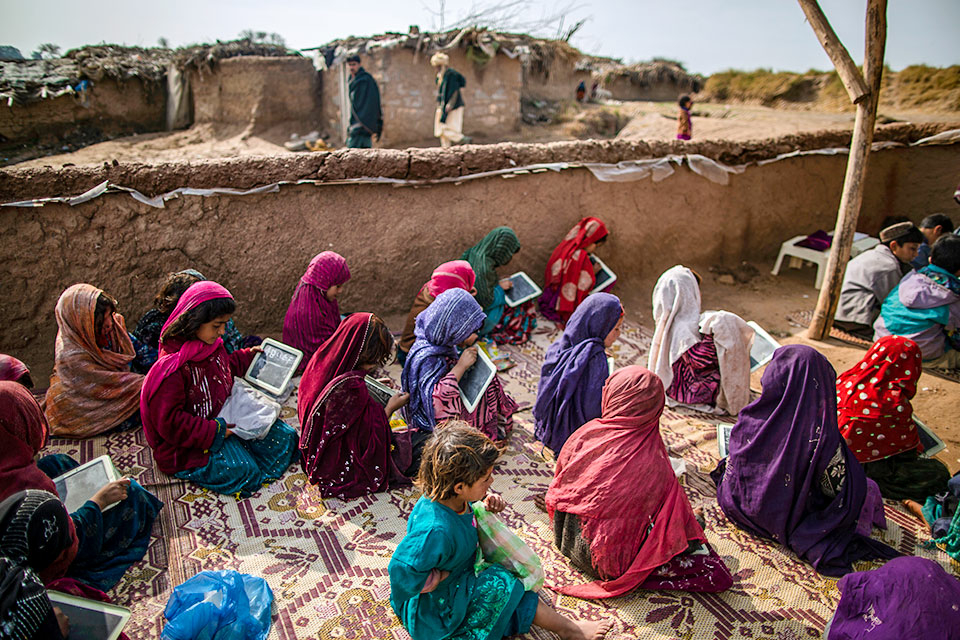
A landmark US$4.2 billion settlement on education funding in New York State
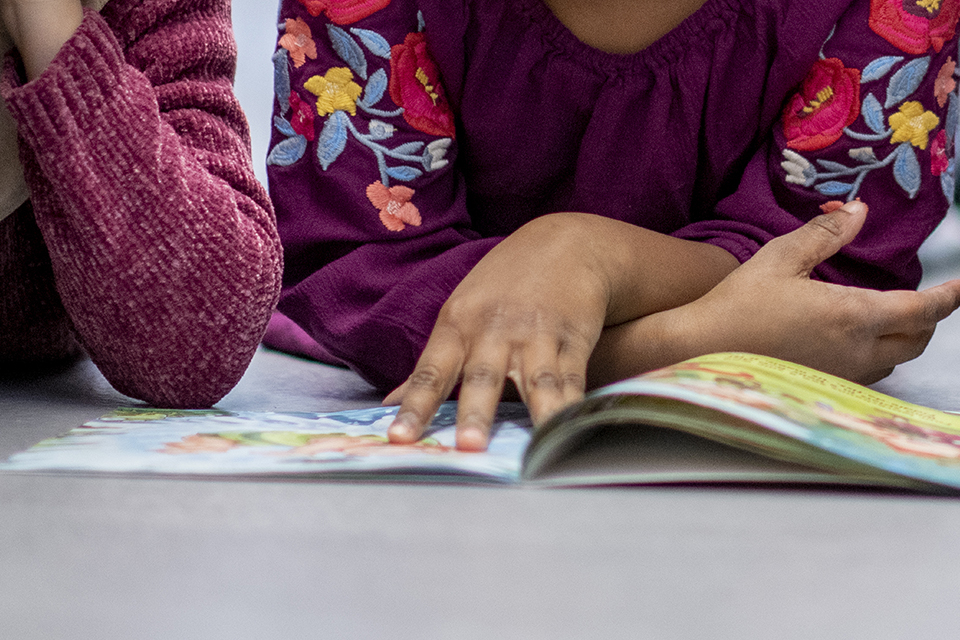
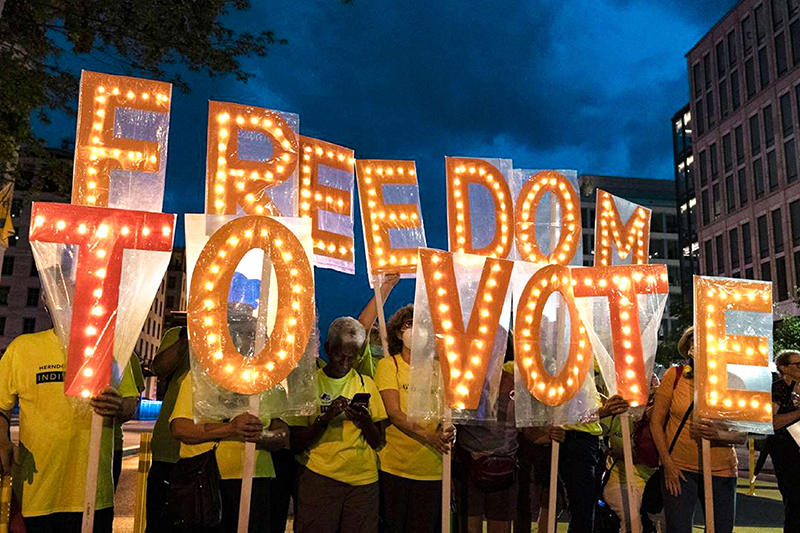
Our lawyers worked on a wide range of issues, including protections during protests and compensation for victims
Legal analysis to protect the rights of media, protesters and law enforcement in the US, Africa and Latin America
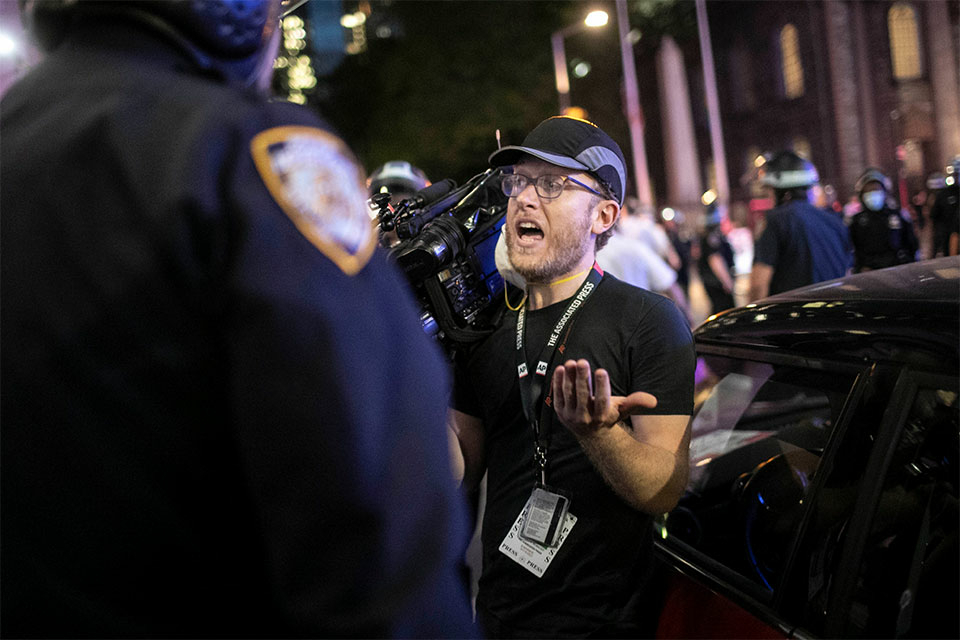
Victory at the Inter-American Court of Human Rights for victims’ families and detained children
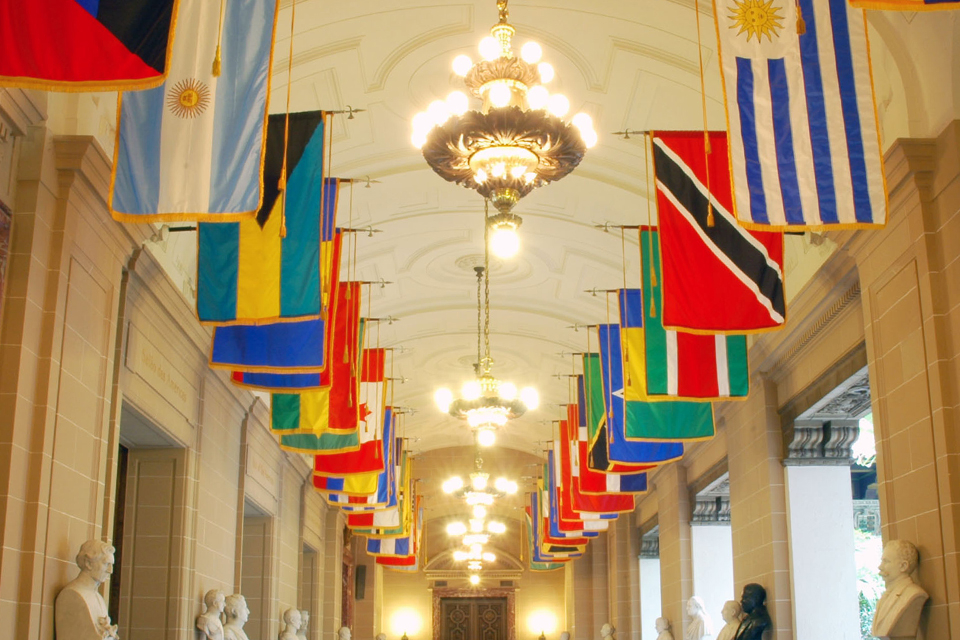
We train students, lawyers and judges around the world through a wide range of programs
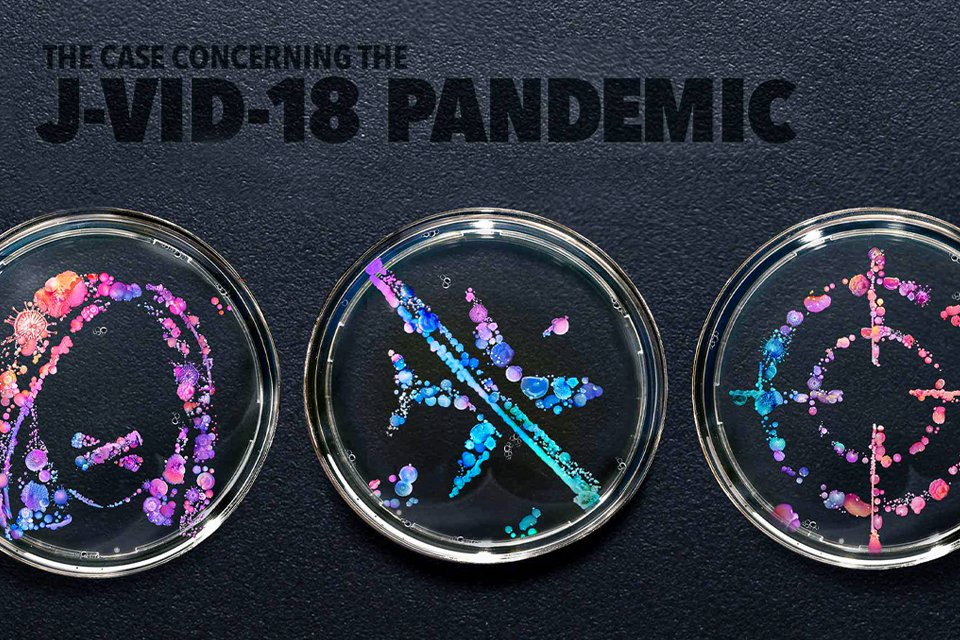
We are one of the world’s largest providers of pro bono legal services
113,110 pro bono hours in 2021
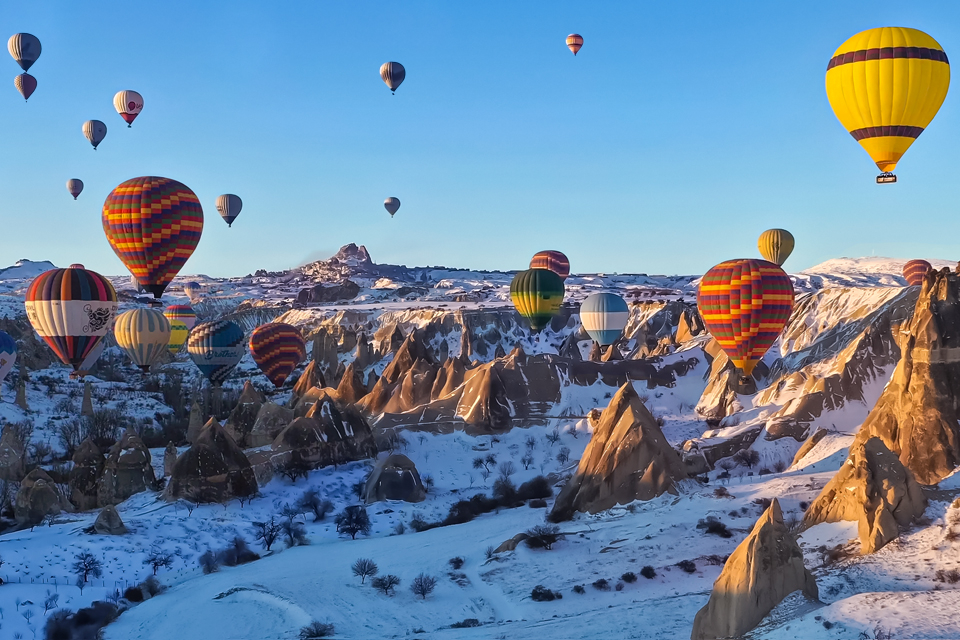
For more information about our commitment and activities, please visit our Global Citizenship web pages.
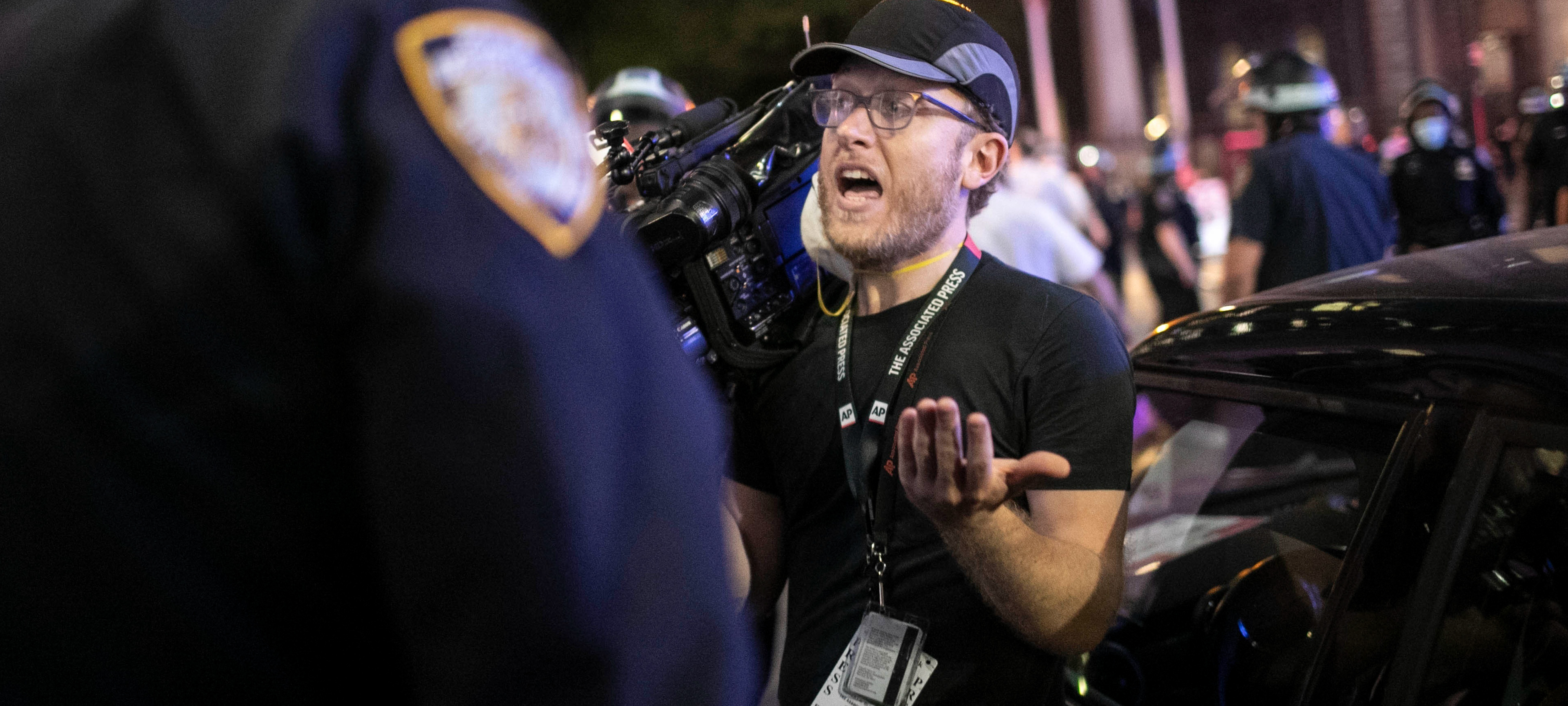
Legal analysis to protect the rights of media, protesters and law enforcement in the US, Africa and Latin America
Our lawyers assisted the Cyrus R. Vance Center for International Justice, the UN Special Rapporteur on the Rights to Freedom of Assembly and Association, the Innocence Project and Know Your Rights Camp on projects to protect protesters, media and the police during protests and other interactions.
In 2020 and 2021, the widespread public protests across the United States were widely covered by the media. Sometimes confrontations occurred between law enforcement and reporters, which also became the subject of news coverage. This coverage revealed that the approaches to regulating law enforcement interactions with journalists during protests varied widely.
Working on behalf of the Cyrus R. Vance Center for International Justice and the Press Freedom Defense Fund (PFDF), 11 of our lawyers and legal staff took on a large, multijurisdictional project in which we reviewed city and municipal regulations, as well as local police policies in 46 US jurisdictions.
By analyzing these regulations and policies, we were able to assess which approaches provide more robust protections to journalists and identify best practices. Our analysis will be used by the Vance Center and the PFDF to advocate for improvements in jurisdictions that currently have less significant protections.
“Questions around press and the police and First Amendment rights are always interesting,” said New York associate Alexandra Zegger, who worked on this project. “This was a particularly timely issue given the number of protests and degree of media attention. The work aims to enable journalists to do their job effectively by providing guidance that may help certain jurisdictions improve their policies and processes.”
Some of the best practices we identified included the use of stronger and more specific language and definitions covering the right to record, seizure of recording equipment and what constitutes “interference” with law enforcement.
In both Africa and Latin America, the Vance Center is supporting the work of Clément Voule, the United Nations Special Rapporteur on the Rights to Freedom of Peaceful Assembly and Association, to develop guidelines on the role of lawyers before, during and after a mass protest. The purpose of the work is to provide lawyers with a guide to help them navigate the challenges they may face in providing legal assistance for the protection of human rights in this context.
To assist the Vance Center, our lawyers took on a significant project in which we gathered and summarized information on mass protests in 19 countries in Africa and 12 in Latin America.
A team of 45 lawyers and legal staff in 13 offices, supervised by Washington, DC partner Daniel Levin and New York partner Sherri Snelson, conducted interviews with lawyers in the region who were experienced in providing legal assistance during mass protests, as well as other legal specialists, such as bar association leaders, to understand the protections afforded to the right of peaceful assembly. We also examined the legal protections which exist, the public’s awareness of those protections, the legal profession’s role in enforcing them, how the protections apply in practice and the obstacles faced by those who seek to enforce them. Responses were then summarized and analyzed in two reports, one for each region, and legal, structural, practical and procedural recommendations were presented.
Daniel Levin, who supervised this project as well as our work on reporters in the US, commented, “We take certain freedoms for granted in the US, but it can be more complicated in other countries. This work was quite sensitive at times because many of the people we were speaking to are understandably reticent to speak about the difference between their reality and their constitutions. But gathering this information is a key step in the process and will inform decision-making and longer-term strategies.”
The confidentiality of police disciplinary records, as well as how and when those records should be disclosed, is an important issue in law enforcement. New York partner David Suggs led a team of 12 lawyers and legal team members from three offices that prepared memos for the Innocence Project on this issue. The memos informed its state-based legislative campaigns to drive greater transparency on police misconduct. One of the memos included an update of a previous project analyzing the confidentiality of police disciplinary records in all 50 US states.
Working with Colin Kaepernick’s Know Your Rights Camp, a legal team led by Miami partner Sheldon Philp created a 50-state research guide to serve as the basis for an interactive website titled “I Know My Rights.” Know Your Rights Camp, supported by members of our creative team, is using our research to develop the website, which will educate people about their constitutional rights when stopped by the police and while protesting. It will also be updated to inform immigrants of their rights when interacting with federal immigration agents at home or in their workplace.
Photo by Wong Maye-E © Associated Press
A journalist reminds a police officer that the press are considered “essential workers” in regard to curfews related to protests